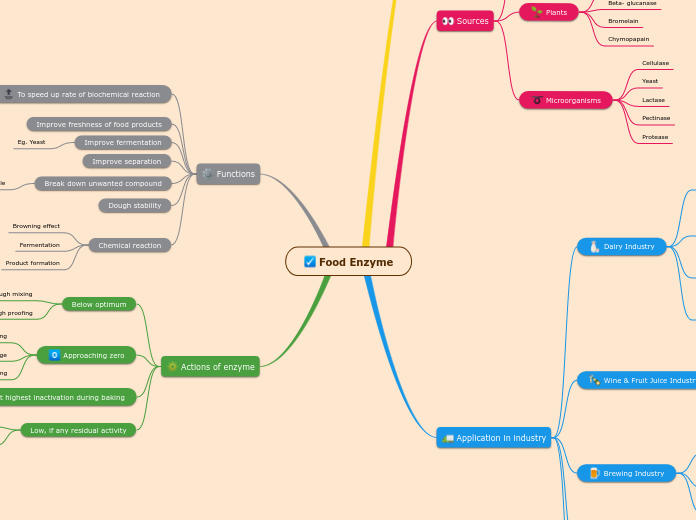by yoshe watson 16 years ago
419
YOSHE-BIOLOGY-chemical breakdown of food
The human digestive process involves both mechanical and chemical breakdown of food to convert large, insoluble molecules into small, soluble ones that can be absorbed into the bloodstream.









